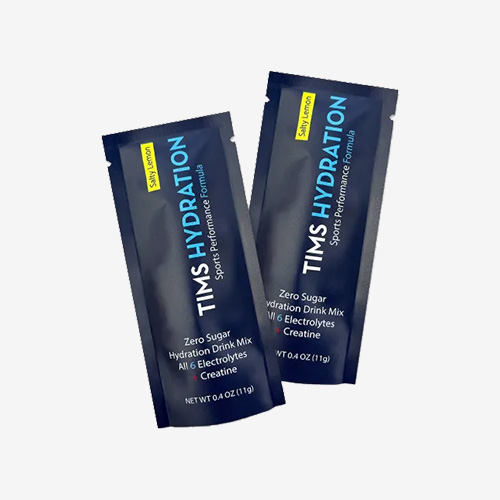In today’s competitive market, custom sachet packaging has emerged as a popular choice for brands looking to offer convenience while enhancing their product appeal. From single-use items to sample packs, sachets provide a versatile packaging solution that meets various consumer needs. This guide explores the benefits, types, and best practices of custom sachet packaging.
What is Custom Sachet Packaging?
Custom sachet packaging refers to small, flexible packets designed to hold a specific quantity of products, such as food items, cosmetics, or pharmaceuticals. These packets can be tailored to fit the unique branding and functional requirements of a product, making them an attractive option for businesses.
Key Features of Custom Sachet Packaging
- Versatility
- Sachets can be used for a wide range of products, including powders, liquids, creams, and granules, making them suitable for various industries.
- Brand Customization
- Custom sachets allow brands to showcase their unique identity through colors, logos, and designs, enhancing visibility and recognition.
- Portability
- Their small size makes sachets easy to carry, appealing to consumers looking for convenience. They are perfect for on-the-go lifestyles.
- Single-Serve Convenience
- Sachets are often designed for single-use, which helps reduce waste and ensures that consumers receive the exact amount needed.
Benefits of Custom Sachet Packaging
1. Cost-Effectiveness
Custom sachet packaging can be a cost-effective solution for businesses. The lightweight nature of sachets reduces shipping costs, and their efficient design minimizes material waste, leading to lower production costs.
2. Improved Shelf Life
Sachet packaging often includes barrier properties that protect products from moisture, light, and oxygen, extending shelf life and maintaining product integrity.
3. Enhanced Consumer Experience
Sachets provide a convenient way for consumers to access products. They are easy to open, portion-controlled, and reduce mess, contributing to an overall positive user experience.
4. Increased Brand Awareness
Custom branding on sachets enhances product visibility on store shelves. Eye-catching designs can attract consumers’ attention and create a lasting impression.
5. Flexibility in Marketing
Sachets can be used for promotional purposes, such as sampling new products or offering limited-time flavors. This flexibility allows brands to adapt their marketing strategies quickly.
Types of Custom Sachet Packaging
1. Flat Sachets
Flat sachets are designed to hold powdered or granular products. They are commonly used for items like seasoning, sugar, or pharmaceutical powders. Their simple design makes them easy to produce and store.
2. Stand-Up Pouches
Stand-up pouches are a more robust option that allows for greater volume. They can hold liquids, snacks, or bulk powders and often include resealable features, making them convenient for ongoing use.
3. Liquid Sachets
These sachets are designed specifically for liquids, such as sauces, dressings, or personal care products. They often feature spouts or pour openings for easy dispensing.
4. Tear Notch Sachets
Sachets with tear notches allow for easy opening, enhancing user convenience. They are popular for products like instant coffee or single-use condiments.
5. Multi-Packs
Custom sachets can also be bundled into multi-packs, allowing consumers to purchase several servings in one package. This approach is common for snack foods and personal care items.
Best Practices for Custom Sachet Packaging
1. Prioritize Material Selection
Choose materials that suit your product’s needs while offering the necessary barrier properties. Consider factors like moisture resistance, UV protection, and durability.
2. Focus on Design
Create an attractive and functional design that reflects your brand identity. Ensure that important information, such as ingredient lists and usage instructions, is clearly visible.
3. Consider Sustainability
With growing consumer demand for eco-friendly options, consider using biodegradable or recyclable materials for your sachets. This can enhance brand reputation and appeal to environmentally conscious consumers.
4. Test for Usability
Conduct usability testing to ensure that your sachet design is easy to open and use. Gather feedback from potential customers to identify areas for improvement.
5. Stay Compliant with Regulations
Ensure that your packaging meets industry standards and regulations, particularly in sectors like food and pharmaceuticals. Proper labeling and safety information are crucial.
Conclusion
Custom sachet packaging offers a versatile and effective solution for brands seeking to enhance product appeal and convenience. By understanding the various types, benefits, and best practices associated with sachet packaging, businesses can create impactful solutions that resonate with consumers. As the market continues to evolve, investing in high-quality custom made boxes with logo can help brands stand out and drive sales.
